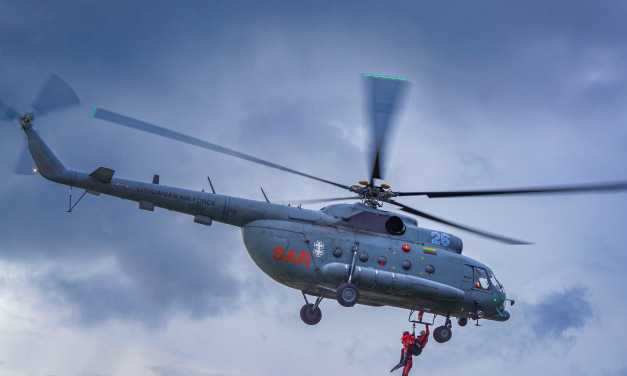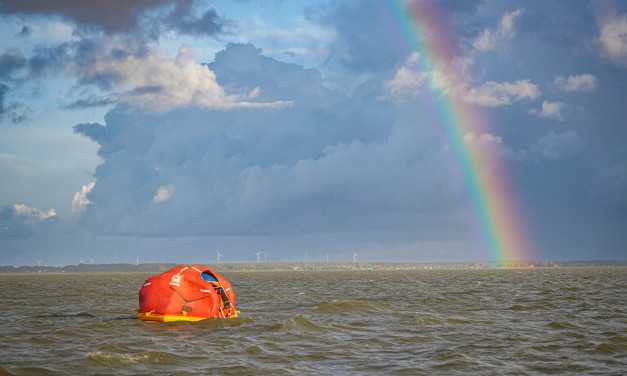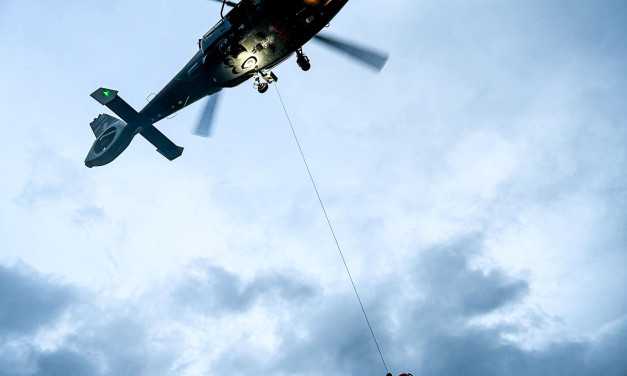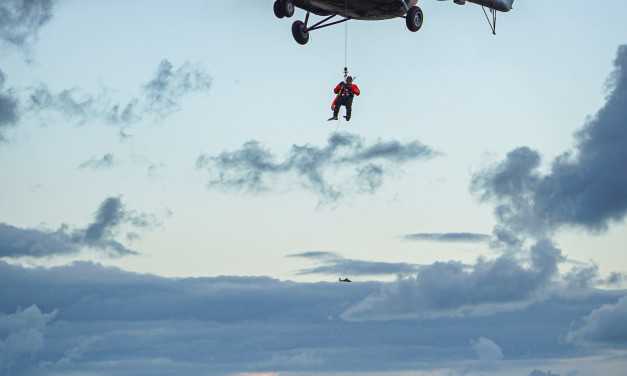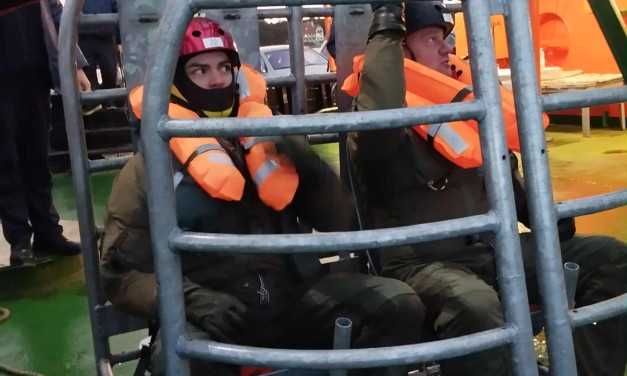Survival at the Baltic Sea
Text: Captain Róbert Tóth | Photo: HDF Baltic Air Policing (BAP) Quick Reaction Alert Detachment, Margarita Klimiene | 16:01 September 22, 2025An international sea survival exercise codenamed Baltic Bikini 2025 was recently held in the Baltics, Klaipėda Region, Lithuania. The exercise aimed at improving pilots’ and aircrew members’ survival skills in an aquatic environment. This year’s exercise was special because, besides Lithuanian, Latvian and Estonian participants, two Hungarian Gripen pilots also participated.
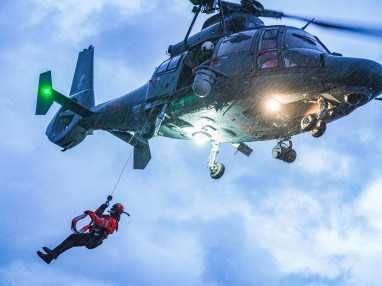
Fighter pilots of the Hungarian Defence Forces frequently fly above the Baltic Sea during Baltic missions; therefore, their preparedness for survival is essential. How to stay alive in the sea following a forced landing or an ejection? How to use the rescue equipment correctly? How to wait safely for the arrival of the rescue teams? Preparing pilots for these situations also enhances the efficiency of search and rescue units.
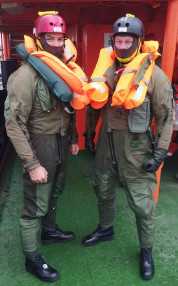
The Baltic Bikini name is related to a Danish initiative, from which the exercise has derived since the late 1990s. The word “Bikini” has been borrowed for the original Danish project, as an easy-to-remember and awareness-raising name. The name is deliberately “playful,” but the content is serious; the exercise improves important, life-saving skills. The event is held annually, in turn, by the Baltic states – Lithuania, Latvia and Estonia –, and servicemembers from NATO member states are also invited.
The exercise’s main element is aquatic survival. Pilots have to get out of the imitation of a sinking cockpit, handle life vests and rafts, then stay on the surface for a longer period under different weather and wave conditions, until the search and rescue units arrive.
Participants cooperate with SAR helicopter services, coast guard units and military divers. A unique element of this year’s exercise was that the rescue took place not under daytime conditions, but after sunset.
The Hungarian fighter pilots carried out the tasks with the survival equipment of their Gripen aircraft; they also practised water landing and survival on the surface. Aquatic survival is among the hardest challenges for pilots. In such an exercise, every second matters as cold, waves and exhaustion quickly put the person to the test. Aquatic survival is regularly practised in Hungary, too, but maritime circumstances are unique; thus, the opportunity to participate in the Baltic training is appreciated.
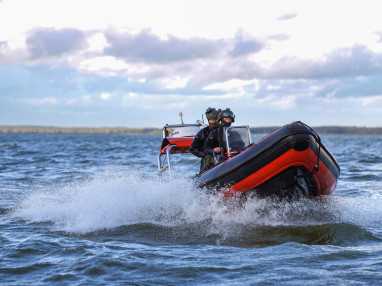
Deploying a helicopter, transport or fighter aircraft above a water surface always carries the risk of an emergency. In such situations, survival skills and the fast and accurate use of the rescue equipment can save the lives of pilots. Therefore, Baltic Bikini is not a routine program; it is an exercise that directly contributes to the safety of servicemembers and the deployability of NATO’s air power.
